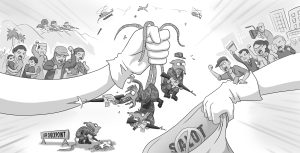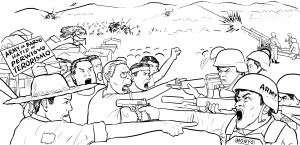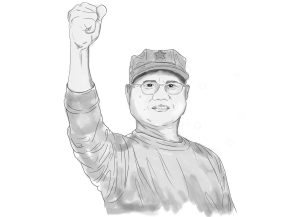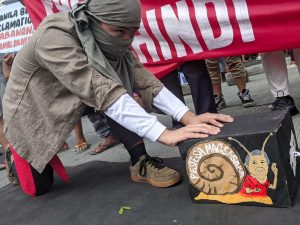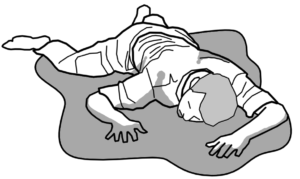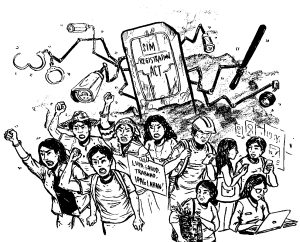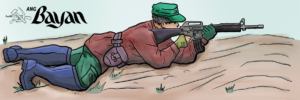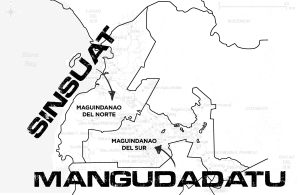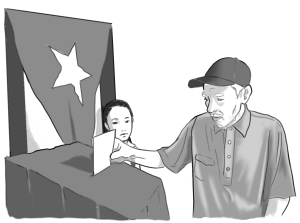Intense exploitation in the dying garments industry

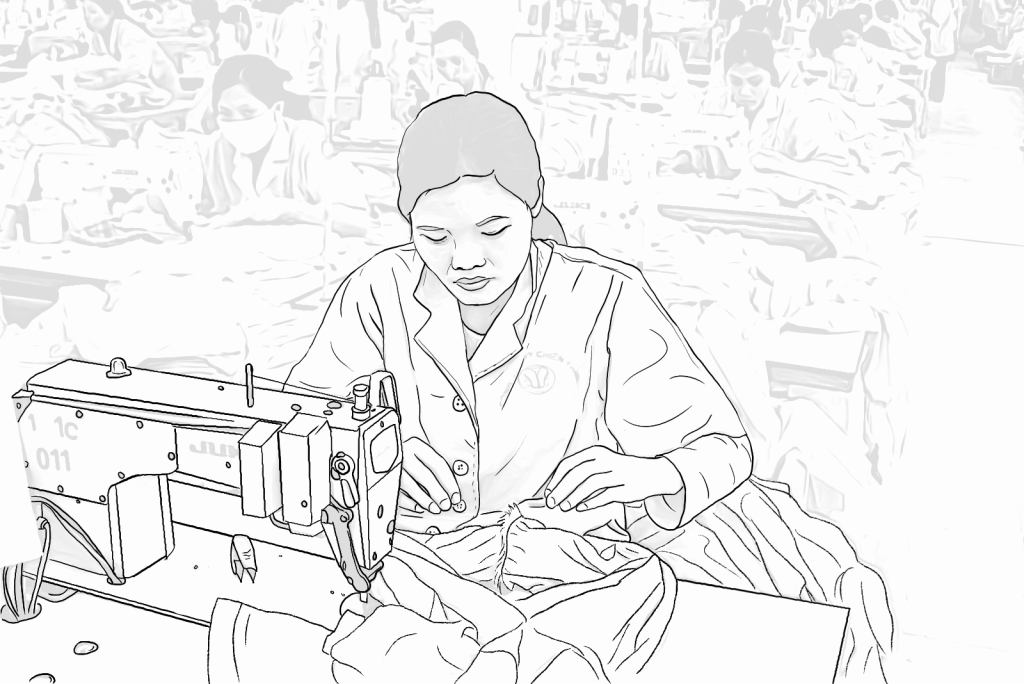
Retrenchments in the garments sector did not start and will not end with the recent firing of 4,000 workers in the Mactan Export Processing Zone (MEPZ). More people will lose their jobs, warned businessmen of the Confederation of Wearable Exporters of the Philippines (CONWEP). The group pointed to the weak global demand for new garments. Although it claimed that many factory closures are “temporary,” workers’ retrenchments are permanent.
This year alone, 3.5% to 4.0% (10,800) of the 270,000 workers in export processing zones producing “wearables” (clothing, bags, shoes and equipment) were fired by companies, according to CONWEP. This might reach 8% to 10% or 27,000 workers if global market conditions do not improve. They produce clothing for brands such as Adidas, Under Armour, Lululemon and more. More than 80% of their manufactures are exported to the US.
Long-dying industry
In 2019, the Bureau of Investments set up a plan for the garments and textile industry that aimed accelerate factory production to become the world’s 10th biggest garments exporter by 2026. Such was an impossible ambition especially with the subsector’s continuous downtrend since the 1990s because of its reliance on imported material.
The Covid-19 pandemic undescored the inherent weakness of garments manufacturing. Orders from countries with strict lockdowns nosedived up to 40%. It was hit hard by restrictions which led to scarcity of imported material, export limitations of finished products and high costs of transportation. Immediately during the first four months of the pandemic, more than 20,000 workers lost their jobs.
Companies in the sector took advantage of the situation to further exploit the labor power of Filipino workers. They cut down operations to reduce costs by removing up to 30% of their work forces, suppressing and reducing wages, reducing work hours, non-payment of benefits such as 13th month pay, forced leave and work-from-home arrangements.
Amid “economic recovery,” company retrenchments and restructuring continue unabated. The Foreign Buyers Association of the Philippines in March boasted that the country’s garments exports will double in 2022 based on orders it received. The group’s “recovery” estimates is based on the subsector’s ₱1.052 billion worth of products exported in 2021. (This is contrary to its initial estimate of ₱600 million losses for the year.) In September alone, the government announced that nine multinational garment companies are interested to operate in the country.
Slave-like wages and conditions
Garment companies cite “decline in demand” to justify continuous retrenchments, suppressing low wages and further squeezing workers. In the case of the MEPZ workers, workers were fired summarily and arbitrarily. No one got an explanation or basis for their retrenchment. Worse, they got news that contractuals were immediately hired to replace them.
After firing a quarter of the labor force, qoutas for remaining workers were immediately raised. Those who could not cope where forced to go on vacation. This made workers realize that the retrenchments were not really caused by the “decrease in orders,” but rather to further squeeze their labor-power.
Companies have been firmly opposing workers’ union organizing even before the pandemic. Thus, they are deprived of their right to collectively bargain, to air legitimate grievances and to assert better working conditions. Workers who did not sign their terminal notices and filed for illegal dismissal have no recourse. They also have no claims in the event that the companies re-hire workers.
Dead textile industry
Garment companies have long cited difficulties in importing material as reason for firing workers and shutting down factories. They say that large companies have moved to countries with local textile production and large production capacities such as Vietnam, India and Thailand.
In fact, the local textile industry, which is the backbone in clothing manufacturing, has long been dead. The textile industry last had the capacity to supply local manufacturing in the 1950s to 1960s.
Its decline started 1970s after the dictator Ferdinand Marcos Sr ordered the industry to turn from manufacturing for local production to manufacturing for export. Without state support, the industry declined and factories eventually shutdown. The industry was finally killed off by textile import liberalizaiton which started in the early 1980s. Ultimately, all that will left of the industry is small-scale handweaving and backward looms that process local fibers such as piña and abaca, and a few textile factories producing for export. These have no linkages wtih garments industry which is completely dependent on imported textiles and other materials.

